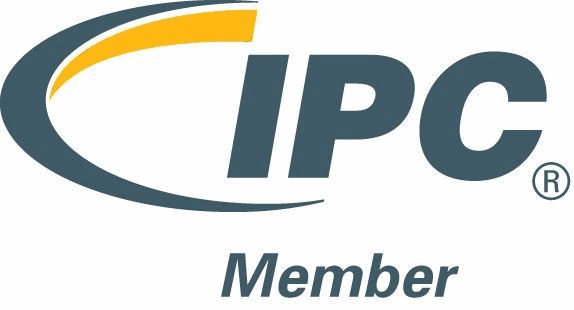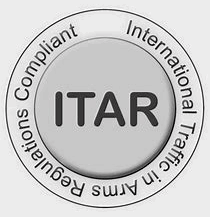Creep corrosion is a growing concern within the PCB assembly industry. Much like electromigration, creep corrosion can be expected to cause product failures as a result of unwanted deposits. Unlike electromigration, however, this type of defect is not caused by the force of an electrical current. Instead, creep corrosion is primarily caused when high concentrations of sulfur and humidity are found in the work environments in which printed circuit boards are used.
Because harsh environments where these working conditions are present cannot be entirely avoided, it is important for PCB manufacturers and assemblers to understand what creep corrosion is and how to avoid it.
Why Is Creep Corrosion Becoming a Larger Problem?
Creep corrosion is a relatively new concern for PCB manufacturers and assemblers. This leads many people to be curious about the cause of the sudden shift. The answer, however, is two-fold:
Changing Industries and Evolving Technologies
As previously discussed, creep corrosion typically occurs within harsh environments where large amounts of sulfur are present. These environments include facilities such as paper mills, welding environments, and wastewater treatment centers. While there was once a time when these types of harsh factory environments did not utilize high volumes of electronics, evolving industry needs and increased technology developments have caused creep corrosion to become a more common issue.
RoHS Regulations
The second reason for the growing concern of creep corrosion is related to RoHS regulations. RoHS industry standards limit the amount of certain restricted materials used during assembly and manufacturing. These materials include lead, mercury, cadmium, and several others. As a result of these new regulations, the previous leading surface finish, SnPb HASL, had to be phased out of many projects due to its lead based nature.
In the absence of SnPb HASL, silver immersion quickly became the preferred method of surface finishing. Silver immersion initially seemed like an ideal solution for most PCB assembly applications— this method didn’t present any electromigration challenges and any tarnishing that occurred over time was assumed to be merely an aesthetic flaw that wouldn’t affect the functionality of PCB assemblies.
But while silver immersion presented many advantages to PCB assemblers, it did not protect PCBAs against creep corrosion in the same way that SnPb HASL did. So, when printed circuit board assemblies suddenly began failing in harsh environments, assemblers had to reevaluate this otherwise advantageous surface finishing option.
How to Detect the Likelihood of Creep Corrosion?
As you can see, creep corrosion is no small concern for PCB assemblers and customers alike. When PCBAs are not built to withstand harsh work conditions, boards will begin failing within months or even weeks of being implemented, as creep corrosion builds over time. As you can imagine, though, it would be time consuming and costly to wait until your first batch of PCBAs to fail to know if the environment poses significant creep corrosion risk and whether the boards are up to the task of enduring high levels of humidity and/or sulfur.
Fortunately, specialized tests have been developed in recent years to accurately assess a PCB assembly’s creep corrosion risk. The use of specially designed “aggressive” environments has been instrumental in addressing the issue of creep corrosion. By simulating extreme sulfur conditions, tests can reveal creep corrosive tendencies in a matter of a couple days rather than weeks.
Solutions for Creep Corrosion
The most obvious solution for creep corrosion is to remove the source of the sulfur from the work environment when possible. This can be accomplished using equipment such as carbon filters. Alternatively, a smaller, contained environment, such as a fully sealed NEMA enclosure, can also create an optimally sulfur-free environment.
Alternative Materials
Because silver immersion surface finishing performs poorly under extreme environments, alternative materials are often required as a solution for creep corrosion. Lead-free HASL is not only an excellent option for difficult environments, but also provides the benefit of being RoHS compliant as well. High temperature OSP is another great option for applications where lead-free HASL is insufficient.
Conformal Coatings
Conformal coatings are another excellent option to create a barrier between a board and a sulfur-rich atmosphere. While this option is rarely practical for everyday consumer electronics, conformal coatings can be the perfect protective solution for harsh industrial environments.
Protect Yourself from Creep Corrosion, Work with the Best in the Assembly Industry
The best strategy to avoid creep corrosion is to work with a company that understands this type of defect thoroughly and is equipped to prevent it. MPL is proud to serve all of customers’ needs, including those within industries that involve a higher risk of creep corrosion. Prioritize quality PCB assembly by partnering with our highly experienced team.




